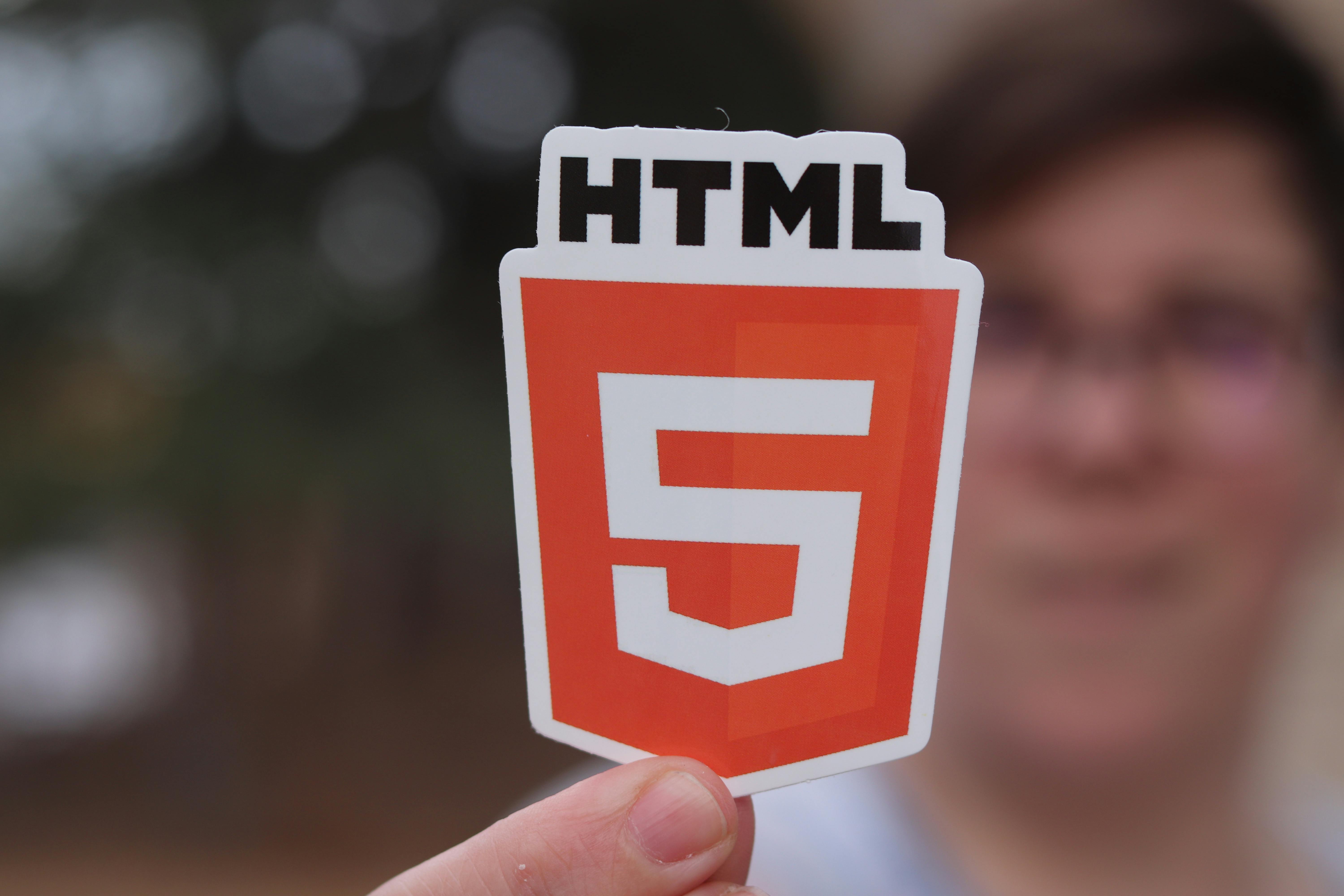What is HTML?
HTML, or HyperText Markup Language, is a special set of codes used
to create web pages that you see on the Internet. These codes give
instructions to web browsers on how to display text and pictures on
a webpage.
Each part of this code, which is marked by symbols like "" and
">", is called an element or a tag. Some of these elements come
in pairs, with one starting and the other ending. They work together
to show when something on the webpage should begin or stop showing
up. For example, if you want to make a word bold, you use a pair of
tags: <b> to start and </b> to end the boldness.
Understanding HTML
HTML, or HyperText Markup Language, is like a language for computers
that helps create websites. It's easy to understand and gets more
powerful as time goes on. With HTML, you can make different parts of
a webpage, like headings, paragraphs, images, and links.
When you click on special text called hyperlinks, HTML helps you
move to new pages on the Internet. 'Markup' is what HTML tags do to
the text inside them. They make it stand out, like making words bold
or italicized.
So, HTML is like the building blocks of a webpage. It helps you
create different parts of a webpage and makes them look the way you
want. And when you click on hyperlinks, HTML helps you explore the
internet and find new things.
